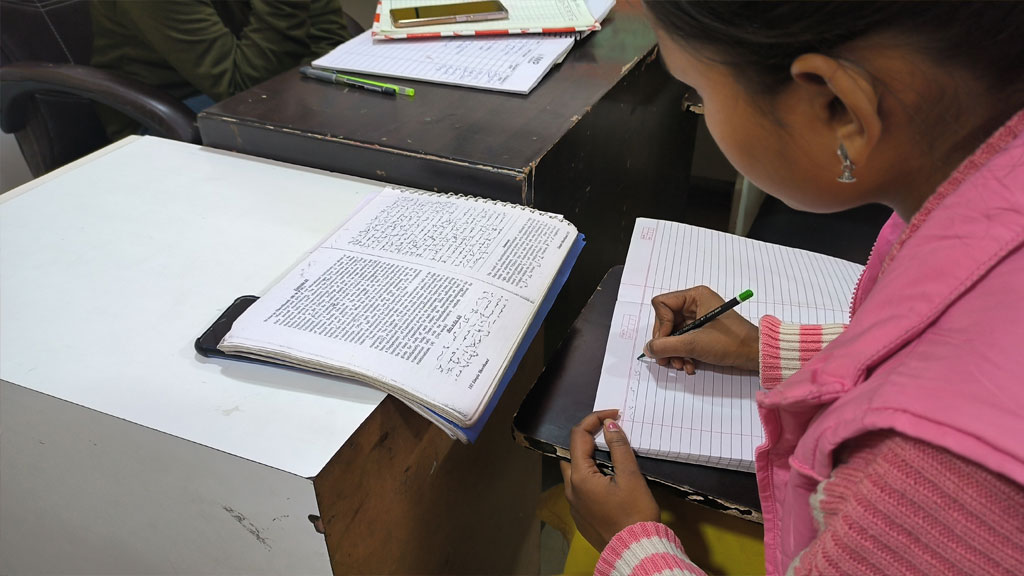Introduction: Step into the world of precision and speed with Stenography, the timeless skill that has been a cornerstone of effective communication for centuries. In this blog post, we’ll explore the fascinating realm of stenography courses, shedding light on the importance of this skill, the unique techniques involved, and the multitude of opportunities that await those who choose to master the art of capturing spoken words in a silent symphony of shorthand.
- The Essence of Stenography: Stenography, often referred to as shorthand writing, is the art of transcribing spoken words into a highly condensed form of writing, enabling stenographers to capture information with remarkable speed and accuracy. Stenography courses are the gateway to acquiring this invaluable skill, opening doors to diverse career paths.
- Speed and Precision: The hallmark of a skilled stenographer lies in their ability to capture information at astonishing speeds while maintaining precision. Stenography courses focus on training individuals to develop the dexterity and accuracy needed to transcribe spoken words in real-time, making them an invaluable asset in various professional settings.
- Versatility in Career Opportunities: Enrolling in a stenography course unveils a myriad of career possibilities. From courtrooms and legal proceedings to business meetings, live events, and television broadcasts, stenographers are in demand across various industries where accurate and rapid transcription is essential.
- Specialized Stenography Techniques: Stenography courses delve into the intricacies of specialized shorthand techniques. These techniques, such as machine shorthand or symbol-based systems, are designed to optimize the process of capturing spoken words efficiently. Students learn to master shorthand symbols, key combinations, and specialized machines to enhance their transcription capabilities.
- Real-Time Transcription Skills: One of the key focuses of stenography courses is equipping students with the ability to transcribe in real-time. This skill is particularly crucial in settings like courtrooms, where immediate and accurate documentation of proceedings is essential.
- Technological Integration: Stenography has evolved alongside technology, and modern stenography courses integrate the use of digital tools and stenographic machines. Students learn to adapt to the latest advancements in stenographic technology, ensuring they stay at the forefront of the field.
- Professional Etiquette and Ethics: Beyond the technical aspects, stenography courses emphasize the importance of professional conduct and ethics. Stenographers often work in sensitive and confidential settings, and courses instill the ethical guidelines and professionalism required in such environments.
- Job Placement and Freelancing Opportunities: Completion of a stenography course often opens doors to job placement services, connecting graduates with opportunities in legal offices, government agencies, and corporate settings. Additionally, many stenographers choose to freelance, offering their services on a contractual basis to a diverse range of clients.
Conclusion: Embark on a journey of linguistic precision and career versatility by enrolling in a stenography course. Whether you aspire to be the silent guardian of court proceedings or a key player in live event transcriptions, mastering the art of stenography opens doors to a world where your skills are in high demand. Choose the path of efficiency, accuracy, and silent communication with a stenography course – the gateway to a fulfilling and dynamic career.

